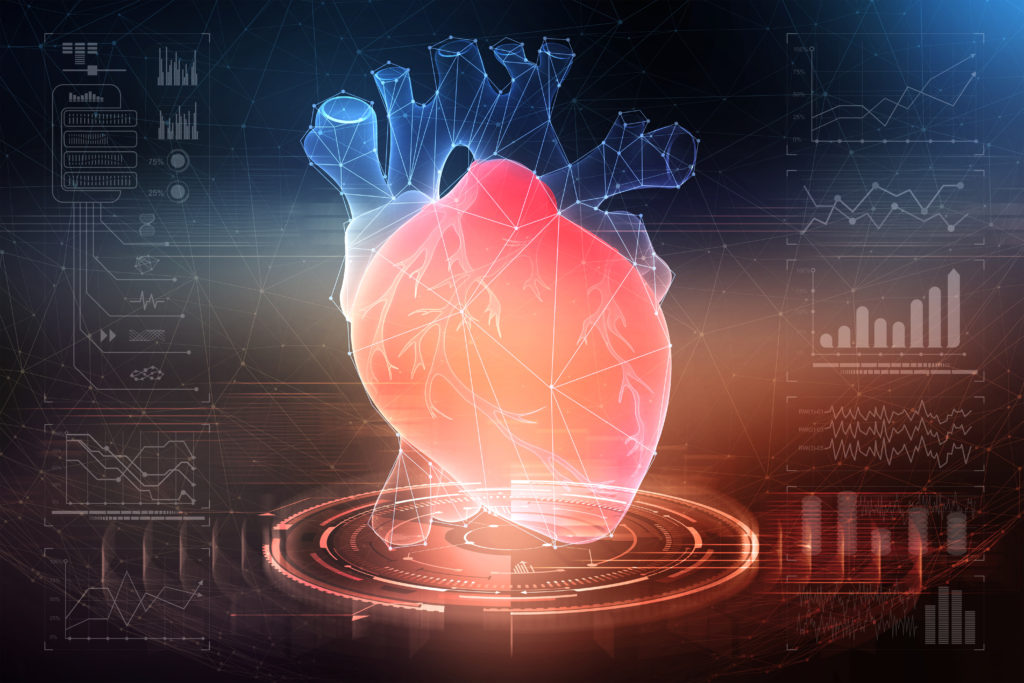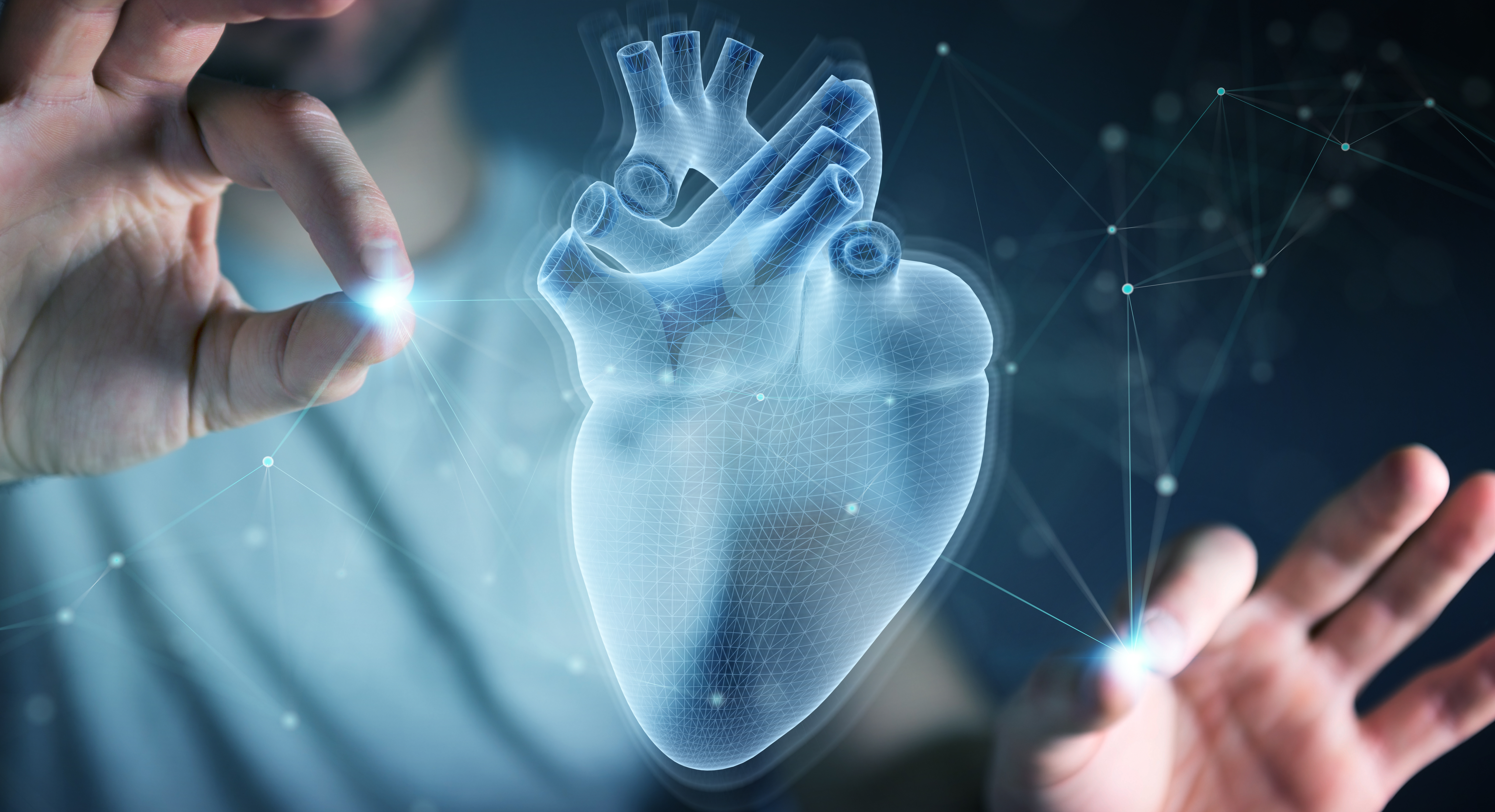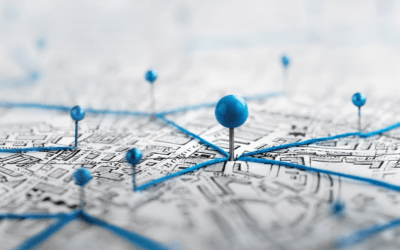Diagnosis and Prevention of Blood Pressure Diseases
Blood pressure diseases have increasingly been identified as being among the main factors threatening human health.¹ Measuring and monitoring blood pressure regularly is important for the early detection and diagnosis of diseases related to blood pressure and to ensure timely treatment and prevention. Medical devices using algorithms enhanced by machine learning can improve blood pressure measurements. Such devices are the subject of active research at the intersection between health care and machine learning.
“We have found that even with relatively small amounts of data, our time-series machine learning algorithms can infer blood pressure within the industry standard for non-invasive blood pressure measurement technologies.
The accurate and convenient measurement of blood pressure is a key factor in implementing effective prevention of disease. Traditional blood pressure measurement methods present some disadvantages, like being time-consuming and causing discomfort due to the need for continual measurements. Wearable devices that enable the steady measurement of blood pressure provide advantages. Recent advancements in signal processing techniques, including using machine learning, have established an exciting new pathway for monitoring and inferring blood pressure.

The Human Body as a Complex Biological System
The human body is a complex biological system with many properties from which we can diagnose health-related diseases and ailments, assuming one could make accurate measurements. However, estimating the properties of the human biological system is a difficult task for multiple reasons. First, our bodies are enormously complex, and there is so much that is still undiscovered. For example, the nature of the relationship between the mind and the brain, and the complex process of regulating genes that are critical for life are not yet fully understood.2, 3
Biological systems can also differ from person to person for the same processes. Further, accurate sensing devices are still in development to quantifiably measure values from our complex systems. Although these sensing devices become more accurate as technology advances, the sensor apparatuses remain in early stages of development.
There are two main types of sensing devices: invasive and non-invasive. An invasive device must be inserted into the body to produce measurements, whereas a non-invasive device works externally, on or above the surface of the skin. Typically, invasive devices produce better results, at the cost of unwanted surgical intervention. On the other hand, non-invasive devices are typically inaccurate and bulky. Therefore, huge demand exists for the development of non-invasive technologies that reach or exceed the performance of invasive devices, while also having a small form-factor (physical size).

Using Machine Learning Algorithms to Infer Blood Pressure
1QBit has been working with our external hardware partner, Alio, to develop compact, wearable technology that uses patented, non-invasive, optical technology to measure slight deviations in blood vessel size as pulses of blood pass through them.
Our technology was created to obtain blood pressure readings using measurements from this device as input. We have found that even with relatively small amounts of data, our time-series machine learning algorithms can infer blood pressure within the industry standard for non-invasive blood pressure measurement technologies.
As increasing amounts of data are generated, the accuracy of this algorithm will most likely increase. By conducting more clinical trials and with data from many more patients available, our algorithm will have had access to enough of the human blood vessel landscape to be considered an expert at extracting high-quality blood pressure measurements from this non-invasive device. Our algorithm also infers blood pressure accurately, which could help mitigate or prevent blood pressure diseases.
Aside from enhancing non-invasive blood pressure measurements, we are also using machine learning to assist with chest X-ray diagnostics, which can help in identifying lung conditions, such as COVID-19 infections, pneumonia, tumours, and tuberculosis. To learn more, visit the health care page of our website.
References
¹ Statistics Canada, “Health Reports: Blood pressure, hypertension and leading risk factors”, (2019).
² D. S. Bassett and M. S. Gazzaniga, “Understanding complexity in the human brain”, Trends in Cognitive Sciences, 15(5), 200–209, (2011).
³ F. Collins, “New findings challenge established views on human genome”, Nature, (2007).




